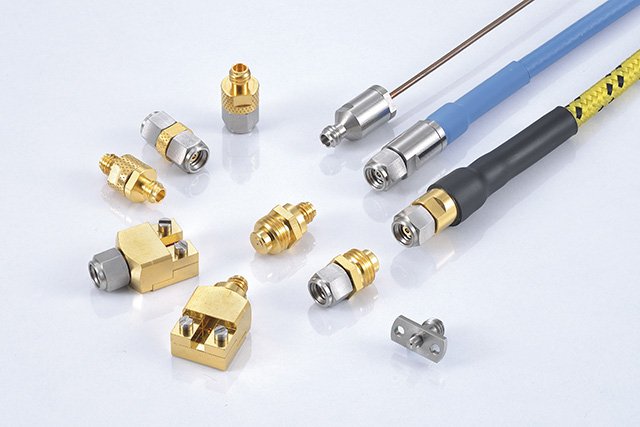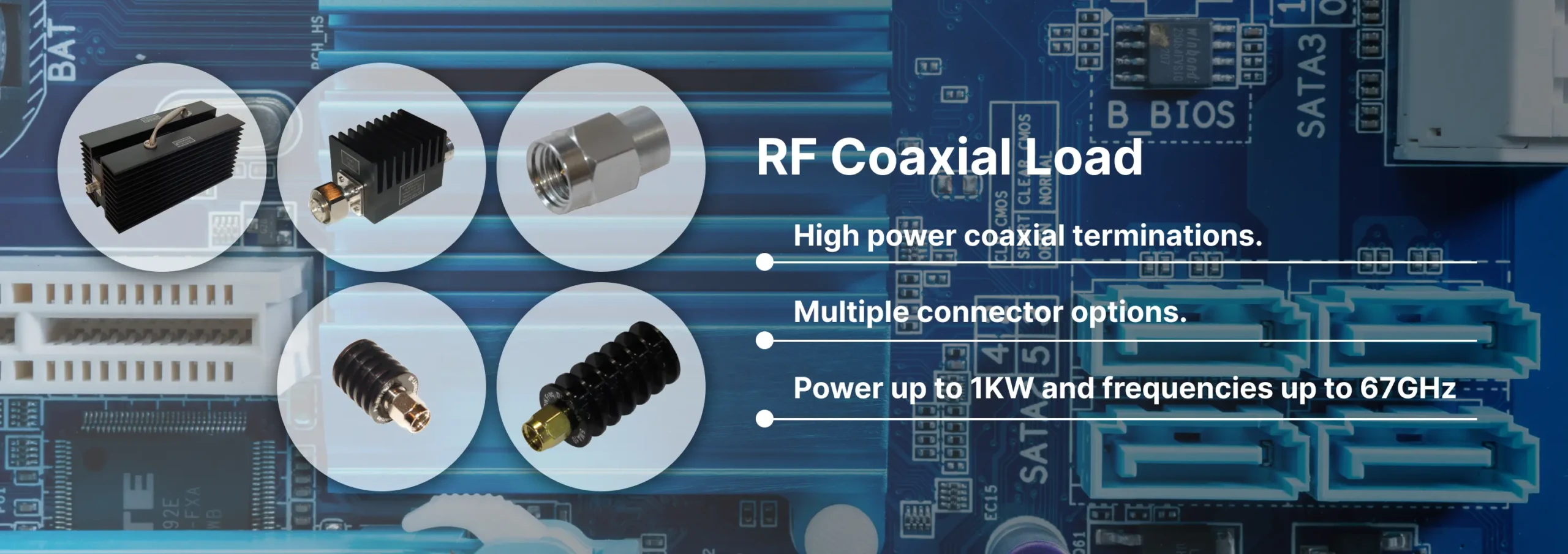by Angela
Share

The 1.0mm connector is designed for extremely high-frequency applications, operating mode-free up to 110 GHz. Its precision and reliability make it a staple in advanced testing and measurement environments.
Design and Features
-
High-Frequency Operation: Supports frequencies up to 110 GHz.
-
Air Dielectric Design: Ensures low VSWR and insertion loss.
-
Robust Construction: Designed for repeatable mating and long-term durability.
Common Applications
-
Test and Measurement: Used in vector network analyzers and other high-frequency testing equipment.
-
Research and Development: Employed in developing next-generation communication systems.
-
Millimeter-Wave Applications: Integrated into systems operating in the W-band frequency range.

Why Choose Reach-line’s 1.0mm Connectors?
At Reach-line, we provide 1.0mm connectors that deliver superior performance and reliability, meeting the demands of high-frequency applications.
👉 Check out our Precision 1.0mm Series Connectors
STAY IN FOR MORE NEWS
Subscribe to our free newsletter.
Discover Reach-Line’s precision RF and microwave terminations covering DC to 110 GHz and power levels 1 W to 1000 W. Reliable, low VSWR solutions for 5G, satellite, and lab applications.
Reach-Line offers high-frequency cable assemblies, fixed attenuators, and precision terminations. Partner for engineering support, rapid prototyping, and global logistics.
In the realm of high-frequency applications, the SMA (SubMiniature version A) connector stands out as a compact yet powerful component. Developed in the 1960s, SMA connectors are designed for applications up to 18 GHz, with some precision versions extending to 26.5 GHz.
Reach-Line fixed attenuators cover DC to 110 GHz and 1 W to 1000 W. Fine-tune signals, protect components, and ensure repeatable tests in demanding RF applications.





